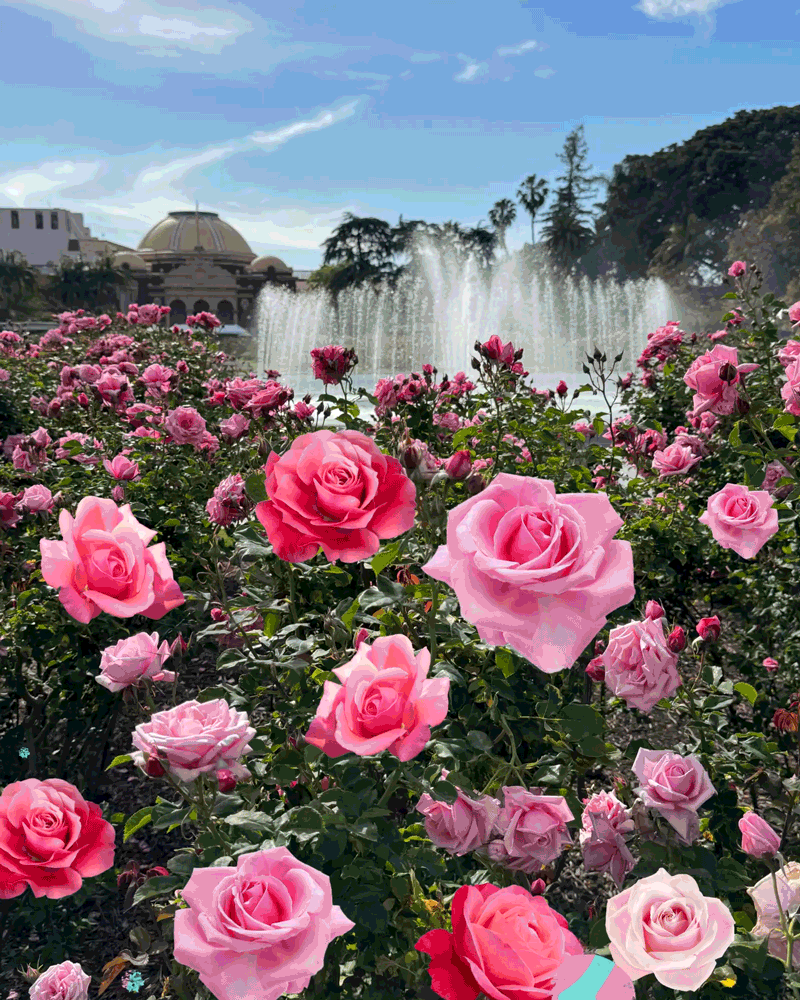Chorisia speciosa Floss silk treeEvergreen...
- Share via
Chorisia speciosa Floss silk tree
Evergreen tree with flowers
From a distance, chorisia doesn’t look much different from any other big tree, but this unusual plant, native to South America, has two special features that deserve closer inspection.
First, the flowers. They look like a cross between lily and hibiscus, appearing in the fall--usually in time for the Garden Show at the Los Angeles State and County Arboretum in Arcadia, which has several fine examples. The flowers are followed by thick green pods that release the seeds in a fluffy white material very much like kapok.
Second, the trunk. Young bark is green, gradually aging to gray, and mature tree trunks are studded with lethal-looking thorns. As the trees grow, the lower trunk remains heavier than the new growth. At best, such a tree looks like a handsome 30- to 60-foot green bottle; it also can look like a fat-bottomed cartoon tree, but with those delicate, near-celestial flowers.
Chorisias are becoming popular as street trees because their roots behave under sidewalks, and they don’t require much water once they are established. They can be planted within 3 feet of a street or foundation without fear of root invasion. Plus, there is that added benefit of flowers, always a pleasant surprise on a city street. (Chorisias are planted in front of the Caltrans building in the 100 block of South Spring Street in downtown Los Angeles, and a few can be seen along the south wall of the Los Angeles County Courthouse.)
Tips on watering: Withholding water from chorisia during August will ensure more flowers in September and October. In fact, overwatering, such as a lawn sprinkler activated every day, will do chorisia more harm than good.
The trees require fast-draining soil and plenty of sun. Those receiving proper care will grow quickly at first, as much as 5 feet a year, then settle down to slowly reach the heights.
Two grafted varieties are available: Los Angeles Beautiful, with deep red flowers, and Majestic Beauty, with pink flowers. Non-grafted species can be pale pink, purplish rose or burgundy. Other varieties developed by the Arboretum, but perhaps difficult to find elsewhere, are Arcadia, Lasca Beauty and September Splendor, all pinks.
Crinum, the Plant of the Week featured on Aug. 27, is available at Burkards Nursery, 690 N. Orange Grove Blvd., Pasadena, (818) 796-4355. Burkards offers Crinum moorei , C. powellii and a red crinum. A new seedling variety called Amar-crinum, a cross between amaryllis and crinum, has light-lavendar flowers. All were developed by local hybridizer Polly Anderson, who supplies Burkards exclusively.--JUDITH SIMS






